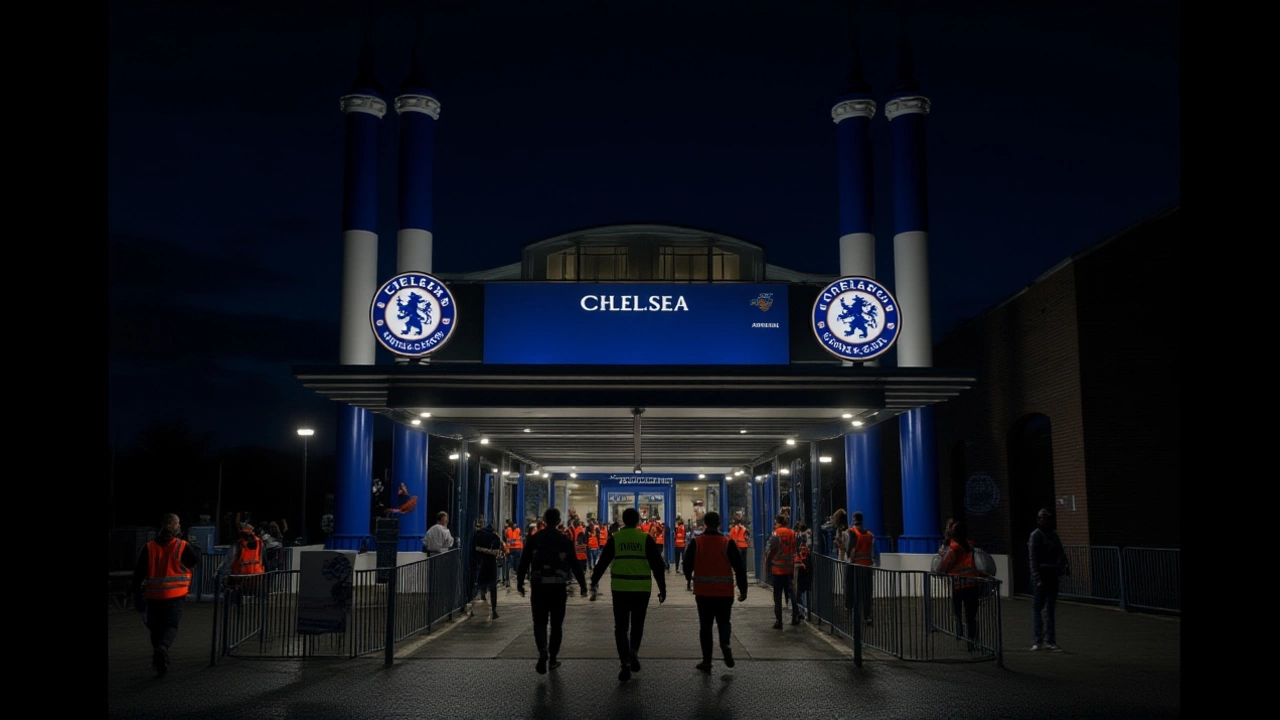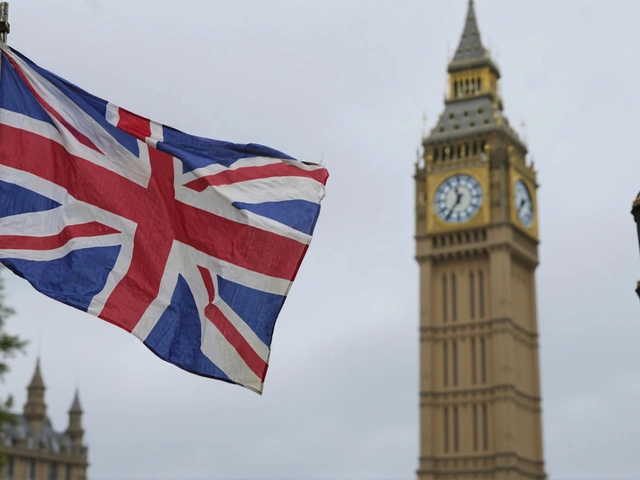When Berkshire Hathaway quietly bought a $5.1 billion stake in Alphabet Inc. on November 14, 2024, most investors thought it was another safe bet on tech. But Atking90, a sharp crypto and AI analyst on Binance Square, saw something deeper: the beginning of the end for Nvidia’s reign over artificial intelligence.
Why Buffett’s Move Wasn’t Just About Search Engines
Atking90’s November posts didn’t just report the investment—they connected the dots like a detective with access to insider timelines. Thirteen days before Buffett’s purchase, Google quietly rolled out Ironwood, a custom AI chip that matches Nvidia’s top GPUs in performance but costs just one-fifth as much to produce. Six days after the investment, Google launched Gemini 3, its most advanced AI model ever—trained entirely without a single Nvidia chip.
That’s not coincidence. That’s strategy.
While OpenAI, Microsoft, and Meta spend $3–4 billion to train their latest models, Google now does it for $600–750 million using its Tensor Processing Units (TPUs). That’s a 75–80% cost drop. And the industry is taking notice. Anthropic has already ordered one million Google TPUs. Rumors suggest OpenAI is in talks to follow. The math is brutal: if you can get the same AI power at 20% of the price, why pay more?
The Chip War Just Got Real
Nvidia built a $3.5 trillion empire on being the only game in town for AI training. But now, Google owns the factory. And Buffett? He didn’t just buy a search engine—he bought the factory that makes the machines making the next generation of AI.
“The AI migration away from Nvidia has begun,” Atking90 wrote. “Retail is still stuck on Nvidia drama. The smart money’s already moved.”
Google Cloud’s growth is surging past 45% year-over-year. Meanwhile, Nvidia’s margins—which hovered near 75% for years—dropped to 73.4% in the last quarter. The first decline in years. It’s not a crash yet. But it’s a crack. And cracks become fractures.
And here’s the kicker: AI’s power hunger is skyrocketing. The U.S. needs to add 250–350 gigawatts of electricity by 2030 just to keep up. Right now, it’s adding 45 GW per year. That’s not enough. Google’s efficiency isn’t just about cost—it’s about survival.
Plasma XPL: The Quiet Blockchain Powerhouse
While the AI chip battle rages, Atking90 also spotlighted Plasma XPL (ticker: $XPL), a blockchain project flying under the radar. Unlike flashy DeFi tokens, Plasma XPL is building real infrastructure: digital payments, logistics tracking, gaming networks, AI-powered platforms, and decentralized identity systems.
“It’s not relying on noise,” Atking90 noted. “It’s creating steady progress through consistent upgrades and a clear technical vision.” The network supports high-speed transactions and seamless multi-chain connectivity—exactly what enterprise users need. No hype. No pump-and-dump. Just reliable tech.
It’s the kind of project that doesn’t trend on Twitter—but gets adopted by banks, shipping companies, and governments. And that’s how revolutions happen.
Security Warnings and Market Realities
Atking90 didn’t just talk about winners. He warned about danger. Brazil, one of the world’s biggest crypto hubs, is a prime target for hackers. “If attackers can pull this off there,” he wrote, “they can bring it anywhere next.” The post, tagged #Hackalert and #Scamalert, urged vigilance—especially around WhatsApp scams and phishing attacks.
Even Bitcoin, once surging toward $100,000, had slipped below that mark by late November. The total crypto market cap? Still recovering. And while some see this as a crash, Atking90 framed it as a correction: “Monopoly losing pricing power. Competition is here.”

What’s Next? The Domino Effect
If Google’s TPUs become the new standard, we’ll see ripple effects across the tech world:
- Cloud providers will shift contracts from Nvidia-based servers to Google Cloud, accelerating its dominance.
- AI startups will ditch expensive GPU rentals and build on cheaper, scalable TPU infrastructure.
- Nvidia’s stock could face sustained pressure—not from one bad quarter, but from a structural shift.
- Chipmakers like AMD and Intel will ramp up their own AI silicon, but they’re playing catch-up.
And for everyday investors? The lesson is simple: Don’t bet on the hardware. Bet on the factory that builds it.
Why This Matters to You
Whether you’re holding Nvidia stock, using AI tools daily, or just wondering why your chatbot got smarter so fast—this shift affects you. Google’s cheaper, faster chips mean AI will become more accessible, more affordable, and more widespread. That’s good for innovation. But it’s terrifying for companies that built empires on scarcity.
Buffett doesn’t chase trends. He bets on durable advantages. And now, he’s betting that Google’s control over AI hardware is one of the most durable advantages of the next decade.
Frequently Asked Questions
Did Warren Buffett really invest $5.1 billion in Google?
Yes, according to analyst Atking90’s November 2024 posts on Binance Square, Berkshire Hathaway acquired a $5.1 billion stake in Alphabet Inc. on November 14, 2024. While Berkshire’s official filings haven’t yet confirmed the purchase, the timing aligns with Google’s unveiling of its Ironwood chip and Gemini 3 model—suggesting a strategic move tied to AI hardware, not just advertising revenue.
How is Google’s Ironwood chip different from Nvidia’s GPUs?
Ironwood is Google’s custom TPU (Tensor Processing Unit), designed specifically for AI workloads. Unlike Nvidia’s general-purpose GPUs, TPUs are optimized for matrix operations used in neural networks. Google claims Ironwood delivers similar performance to Nvidia’s H100 at 80% lower cost, and it’s already powering Gemini 3 without any Nvidia hardware—something no other major AI lab has achieved at scale.
Why is Anthropic ordering a million Google TPUs?
Anthropic, the AI firm behind Claude, needs massive computing power to train its models. With Google’s TPUs costing 75–80% less than Nvidia’s GPUs, and with proven reliability in Google’s own AI systems, switching reduces both cost and supply chain risk. A million TPUs would allow Anthropic to train models faster and more frequently—giving it a critical edge over rivals still locked into Nvidia’s ecosystem.
Is Plasma XPL a good investment?
Atking90 describes Plasma XPL as a quiet, infrastructure-focused blockchain—not a speculative token. Its strength lies in real-world adoption: digital payments, logistics, and AI integration. Unlike many crypto projects, it’s not reliant on hype or token price surges. Whether it’s a good investment depends on your risk tolerance, but its technical foundation and enterprise use cases make it one of the more credible blockchain projects in 2024.
What does this mean for Nvidia’s future?
Nvidia isn’t going away overnight—it still dominates the AI chip market. But its pricing power is weakening, margins are slipping, and competitors are catching up. If Google, Microsoft, and Amazon all shift to custom silicon, Nvidia’s $3.5 trillion valuation could face long-term pressure. The question isn’t whether it’ll fall, but how fast the industry will move away from its monopoly.
Should I be worried about crypto security in Brazil?
Brazil is the second-largest crypto market in Latin America, with over 30 million users. That makes it a magnet for hackers—especially via WhatsApp scams and fake exchange platforms. Atking90’s warning isn’t alarmist; it’s a pattern seen in other high-growth crypto markets. If you’re in Brazil or transacting with Brazilian users, verify every wallet, avoid unsolicited links, and use hardware wallets. The threat isn’t isolated—it’s a preview of what’s coming everywhere.






